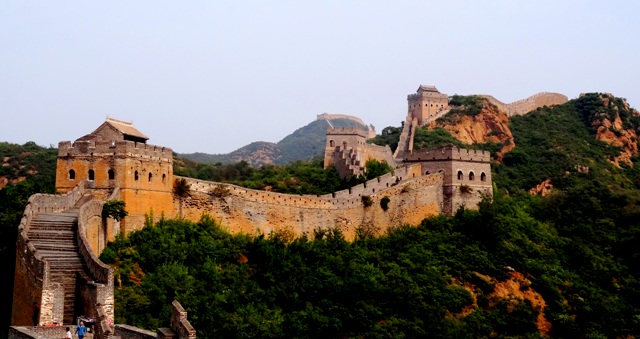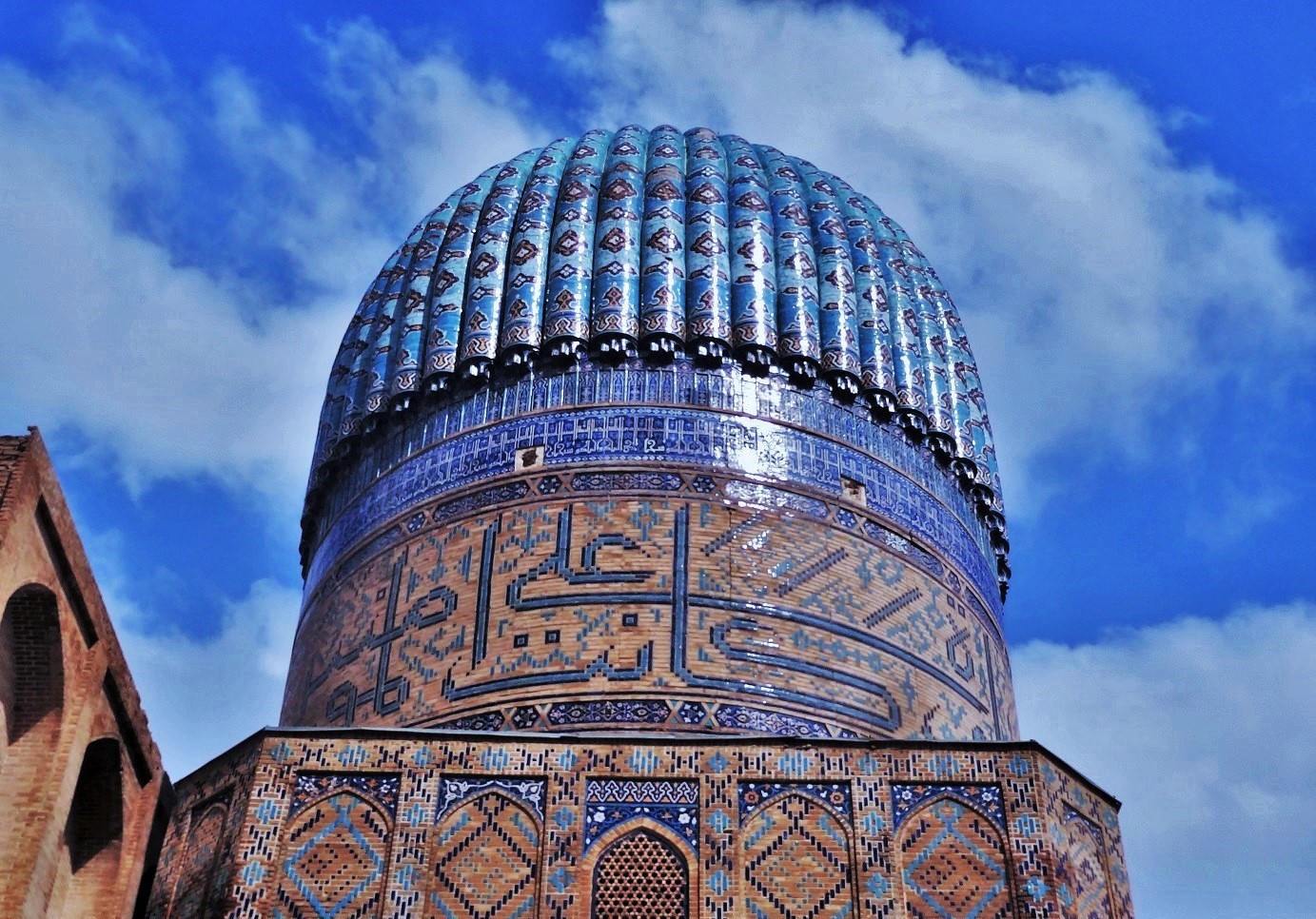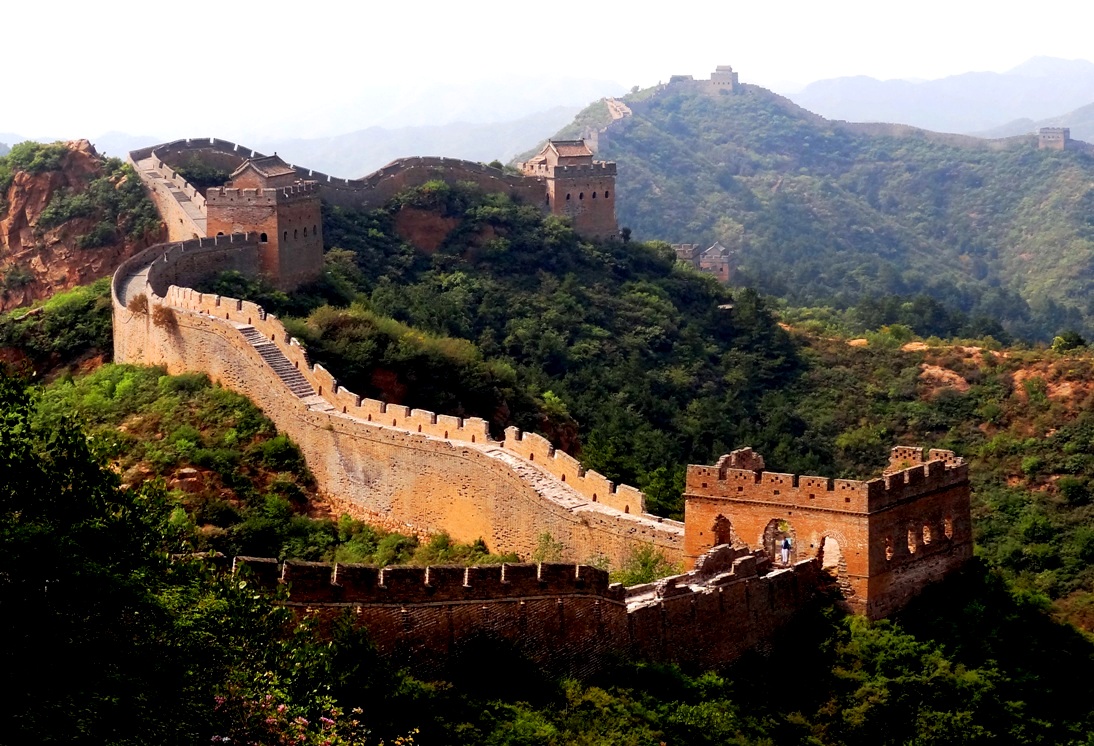The land of origin of silk and gun powder, China has a recorded history spanning more than 5000 years. Yellow Emperor ruled in 2500 BC, followed by emergence of the first dynasty known as Xia dynasty.
The Chinese history since then has seen the rise and fall of great dynasties which ruled till the beginning of 20th century! From Xia Dynasty in 3rd century BC many famous dynasties of Shang, Qin, Han, Tang, Jin, Huan, Ming ruled China from various capitals, ending with Qing Dynasty in 1911, with Beijing as its capital. Once a territory of nomadic tribes, the nation now extends form Xian in the east to Kashgar on the west.
Great Wall of China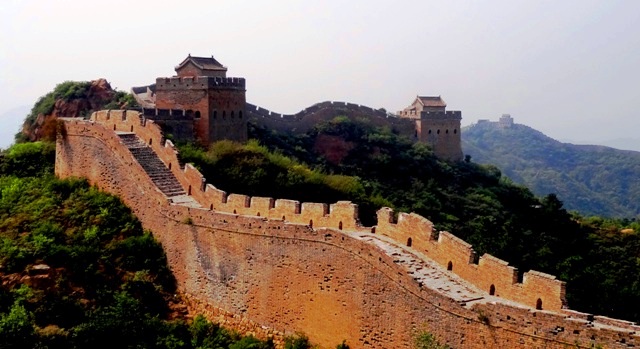
My fascination for China travel was primarily the Great Wall. Whenever i read about it and looked at pictures, my mind wondered in to the ancient past, trying to visualize how this marvelous structure was built. Climbing and camping on the wall was a memorable experience. Trekking on notoriously steep slopes of the wall while soaking up the imperial history was exhilarating. Hiking on the Great Wall was strenuous and challenging, but soaking up history looking at it s awe inspiring beauty gave a great sense of achievement! Read about Once In A Lifetime Experience- Hiking On The Great Wall Of China
China Travel Starts With Beijing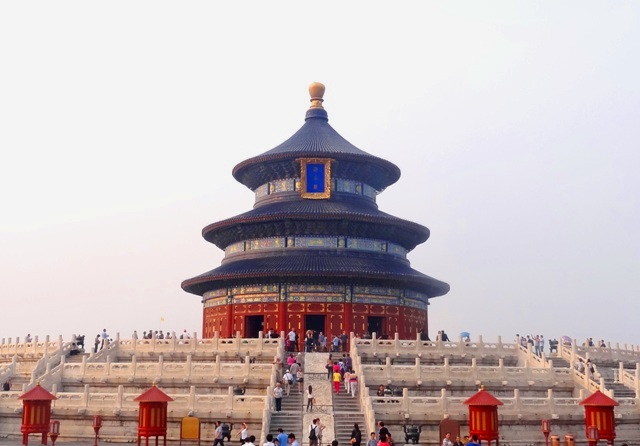
The Chinese capital is the nation’s political, economic, cultural and educational hub. Beijing represents China at its most dynamic. Despite of its relentless modernity, the city remains rooted in the past of the imperial history! It needed full five days to explore the historical heritage of Forbidden Palace, Yonghe Gong Temple and the most beautiful of all the Temple of Heaven! While boat ride in Beihai Park was filled witj tranquility, sunset drinks at the Atmosphere Bar on the 80th floor exposed its modernity! No trip to Beijing or China travel can be complete without eating fried live scorpions. Read more about 16 Must Things To Do In Beijing!
Lama Temple in Beijing
Yonghe Gong Temple also known as Lama Temple is the most renowned Tibetan Buddhist Temple outside Tibet. Built during the Qing Dynasty in 17th century, the temple is an active place of worship. It surprisingly escaped the destruction during the Cultural Revolution and today it draws thousands of pilgrims and tourists. It is the most important of all Beijing temples. Read more about the Lama Temple- The Atmospheric Tibetan Buddhist Temple! 
Hutongs in Beijing
 The history of Beijing is found in Hutong, lined with Siheyuan -traditional single storey courtyard residences; built for people who lived outside the Forbidden City. The hutongs in Beijing reflects the culture of the common people in imperial times. Bicycle around the quiet lanes is the best way to explore the culture of Hutong. Read more about Hutongs- Traditional Ancient Living Quarters In Beijing!
The history of Beijing is found in Hutong, lined with Siheyuan -traditional single storey courtyard residences; built for people who lived outside the Forbidden City. The hutongs in Beijing reflects the culture of the common people in imperial times. Bicycle around the quiet lanes is the best way to explore the culture of Hutong. Read more about Hutongs- Traditional Ancient Living Quarters In Beijing!
Discovering Kashgar on the ancient Silk Route

The town of Kashgar has been an important trade post for over 2000 years. Strategically located on the ancient silk route, it was central to trade between China, the Middle East, and Europe. Along with the trade, it was an epicenter of cultural exchange. The fusion of various cultures is evident in Kashgar’s population which is a mix of Uyghurs, Chinese, Turks, Mongols, Kyrgyz, Tajiks and Uzbeks, boasting a colorful ethnic blend. Kashgar feels more of a Central Asian town with few resemblances with East China. Away from chopsticks, red lanterns and Mandarin; Non, Somsa, lamb Shashlik and Uyghur rule here. Read more about Kashgar in Far West China.
